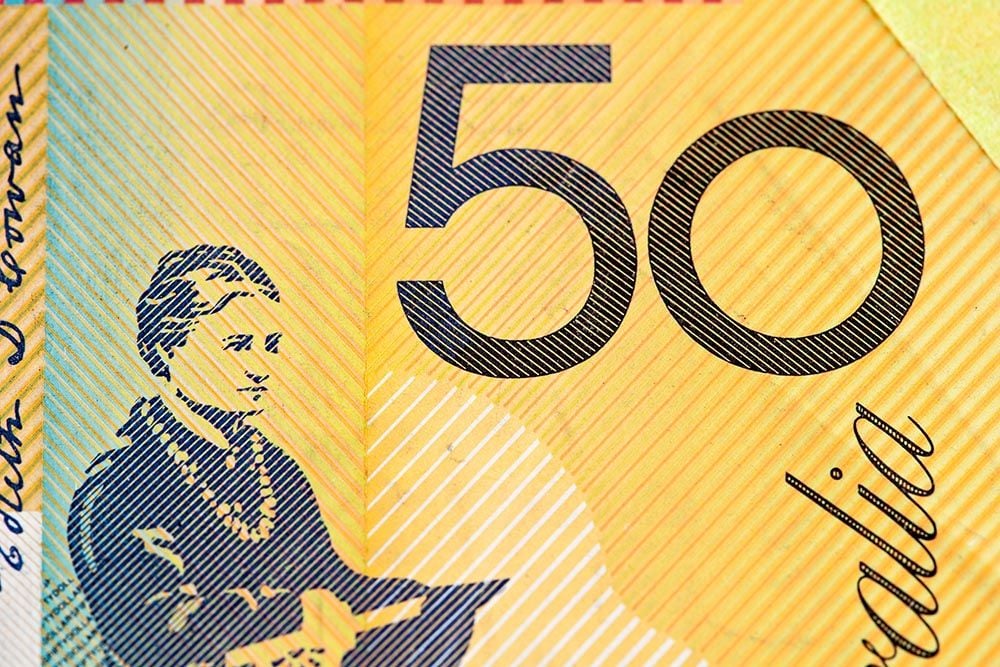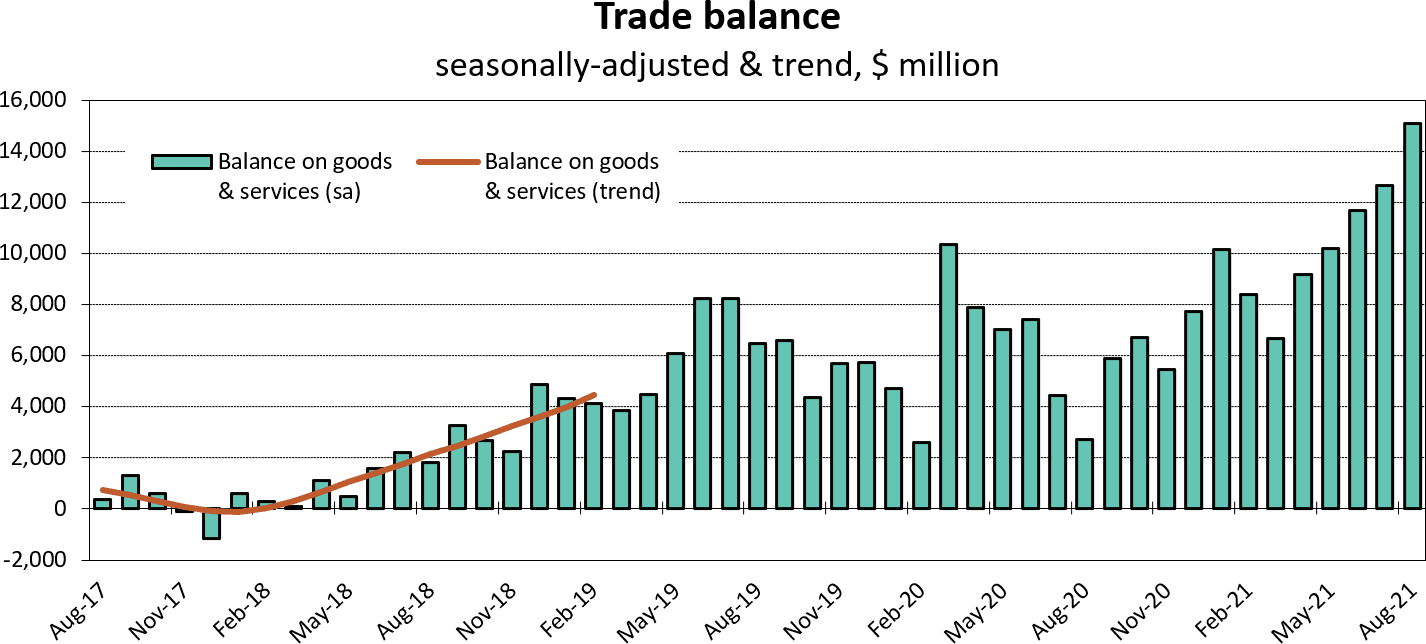Australian Dollar "Still has Some Juice Left" - Analyst
- Written by: Gary Howes

Image © Adobe Stock.
- GBP/AUD reference rates at publication:
- Spot: 1.8489
- Bank transfer rates (indicative guide): 1.7842-1.7971
- Money transfer specialist rates (indicative): 1.8323-1.8397
- Secure a specialist rate, here
- Set up an exchange rate alert, here
The Australian Dollar is one of the better performing major currencies of the past week and the rally can continue, according to analysts.
The Australian Dollar has advanced against all its G10 majors over the course of the past five days, apart from the New Zealand Dollar against which it holds a marginal 0.1% decline.
"The AUD still has some juice left, in our view," says Wayne Gordon, Strategist at UBS.
Backing this view, UBS have this week recommended a short term trade to buy the Australian Dollar against the Swiss franc.
In doing so UBS have pitted the 'high beta' Australian Dollar (high beta = one that rises when global stock markets are rising) against the ultra safe-haven anti-cyclical Swiss franc.
As such, further improvements in global market sentiment following a dour patch in the August-early October period will benefit the Australian currency.
Other supportive factors cited by Gordon include:
- Rising commodity prices that will aid Australia's terms of trade, particularly industrial metals, coal, and liquefied natural gas
- The reopening in New South Wales after extended COVID-19-related restrictions
- Better-than-expected domestic activity data
- Short covering by investors who hold bets for further downside
Above: It was reported on Oct. 05 that Australia had run up another record trade surplus in August as export earnings surged amidst ongoing strong demand for commodities.
Secure a retail exchange rate that is between 3-5% stronger than offered by leading banks, learn more.
Richard Franulovich, a strategist with Westpac in Sydney says the Australian Dollar is finding "plenty of support" from the commodity price jump.
"The Aussie however is finding plenty of support from the renewed commodity price squeeze. Indeed, oil and gas exporters lead G10 currencies so far in October," says Franulovich.
Iron ore, coal and natural gas make up the lion's share of Australia's export basket and an ongoing extraordinary surge in demand for gas and coal will potentially deliver fresh all-time highs for the country's trade account in coming months.
Westpac's modelling finds that the Australian Dollar's 'fair value' level is now at a seven year high "on the huge commodity price rise".
This valuation will offer the currency support in the event of further U.S. Dollar strength, market stresses and an environment of 'lower for longer' interest rate guidance from the RBA.
The Australian Dollar has recorded an advance of 2.40% against the U.S. Dollar over the past month, with the Australian Dollar-U.S. Dollar exchange rate rising back to 0.7432 at the time of writing.
The Pound-to-Australian Dollar is meanwhile 2.70% lower over the one-month timeframe, having retreated to 1.8462.
Clyde Wardle, Senior EM FX Strategist at HSBC says the AUD has built on recent strong momentum, with a large move higher in business confidence offering further potential support.
Australian business confidence surged in September as locked down states geared up for reopening following the achievement of key vaccine threshold targets.
NAB's confidence monitor advanced to 13 points from a downwardly revised minus-6 in August.
But looking ahead, Wardle says "it may be harder for the AUD to make more sizeable or persistent gains until the RBA shifts away from its current dovish stance."
{wbamp-hide start}
{wbamp-hide end}{wbamp-show start}{wbamp-show end}
The Reserve Bank of Australia (AUD) is committed to keeping it base interest rate at 0.10% until at least 2024, although investors are calling their bluff by actively pricing in 'lift off' for rates in late 2022.
Where the various central bank stand on normalising policy - i.e. returning rates to higher levels - remains a potent driver for currencies.
Those currencies belonging to central banks further ahead in the race are finding themselves supported against peers belonging to central banks unlikely to raise rates in the medium term.
HSBC acknowledges investors are not buying into the RBA's message on a distant interest rate rise, saying the market pricing regarding the RBA "have seen some of the biggest jumps in amongst G10 currencies in the last few weeks".
This will have been a supportive tailwind for Australian Dollar exchange rates.
"But until the RBA decides to shift away from its current guidance that rates will be on hold until 2024, it could make it hard for the AUD to reflect those changes in front end rates," says Wardle.






